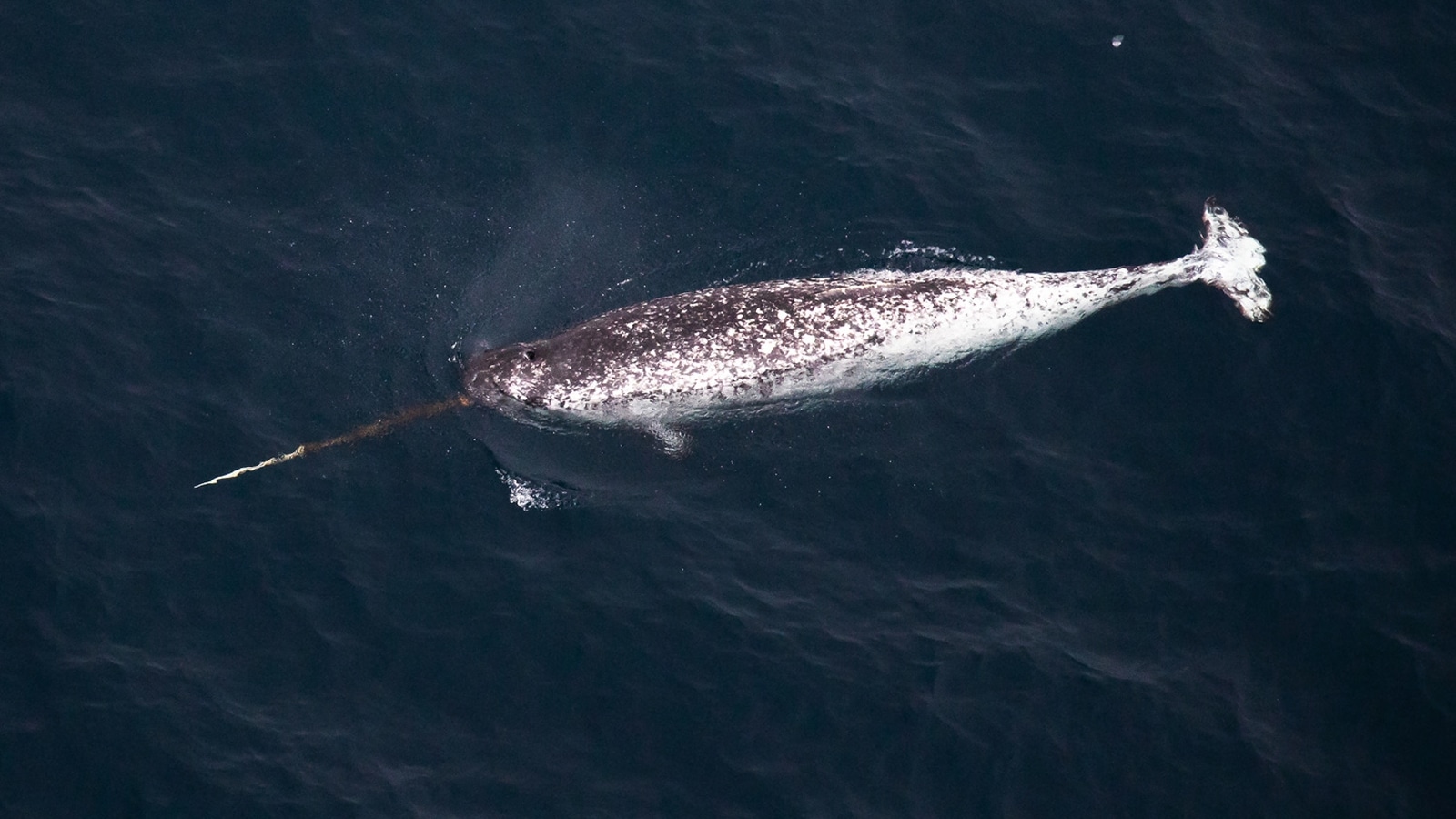📣 For more lifestyle news, click here to join our WhatsApp Channel and also follow us on Instagram
Unicorns exist in real life too — in the ocean. Medieval Europe’s royals paid gajillions for their horns
Back in medieval Europe, this animal's tusks were misleadingly sold as real unicorn horns. Royal families paid huge amounts of money for them, believing they had magical powers or could detect poison.
 Discover the truth behind the animal known as the unicorn of the sea (Source: Wikimedia Commons)
Discover the truth behind the animal known as the unicorn of the sea (Source: Wikimedia Commons)If you’ve ever thought unicorns were just a thing of fantasy, think again. In the waters of the Arctic Ocean swims a creature so unusual, it is known as the unicorn of the sea.
Unlike its land-bound, imaginary counterpart, the narwhal is very much real. It’s a type of whale, and while it might not breathe fire or gallop through forests, it does have a long, spiral tusk sticking out of its head that has fascinated humans for hundreds of years.
Wait… a whale with a horn? Well, not quite a horn. What you’re looking at is actually a tooth, a super-long one, at that. In most male narwhals, this tooth grows straight through the upper lip in a twisty, spiral fashion and can reach up to 10 feet. Some females grow tusks too, though usually shorter.
Scientists now believe it helps narwhals detect changes in their environment, such as temperature or water pressure. And just like a peacock’s feathers or a lion’s mane, it may help attract mates too.
In medieval Europe, narwhal tusks were often sold as real unicorn horns. Royal families paid vast amounts of money for them, believing they had magical powers or could detect poison. All the while, these “unicorn horns” were actually just narwhal teeth from faraway, icy oceans.
 Wait… a whale with a horn? Well, not quite a horn. What you’re looking at is actually a tooth, a super-long one, at that (Source: Wikimedia Commons)
Wait… a whale with a horn? Well, not quite a horn. What you’re looking at is actually a tooth, a super-long one, at that (Source: Wikimedia Commons)
Where do narwhals live?
Narwhals live in the icy Arctic, especially around Canada, Greenland, and parts of Norway and Russia. These whales prefer cold, remote places where they can swim under thick sea ice and dive to incredible depths (some have been recorded diving over 1,500 metres!).
They spend most of their lives far from people, which is why we still know relatively little about them. But what we do know is that they love cold water, travel in pods, and have a surprisingly peaceful, quiet nature.
Are they in trouble?
Narwhals aren’t endangered yet, but they are on the near-threatened list. Climate change is melting the sea ice that they depend on. Plus, increased human activity — shipping, drilling, noise pollution — is creeping into their habitat.
Indigenous communities have long hunted narwhals responsibly, but new challenges mean we need to watch their numbers more closely than ever.
Narwhals help scientists understand how marine animals adapt to extreme environments, and how changes in the Arctic affect everything from fish to ice. Think of narwhals as messengers from the far corners of our planet; their survival tells us how well the Arctic is doing.
📣 For more lifestyle news, click here to join our WhatsApp Channel and also follow us on Instagram





- 01
- 02
- 03
- 04
- 05






















